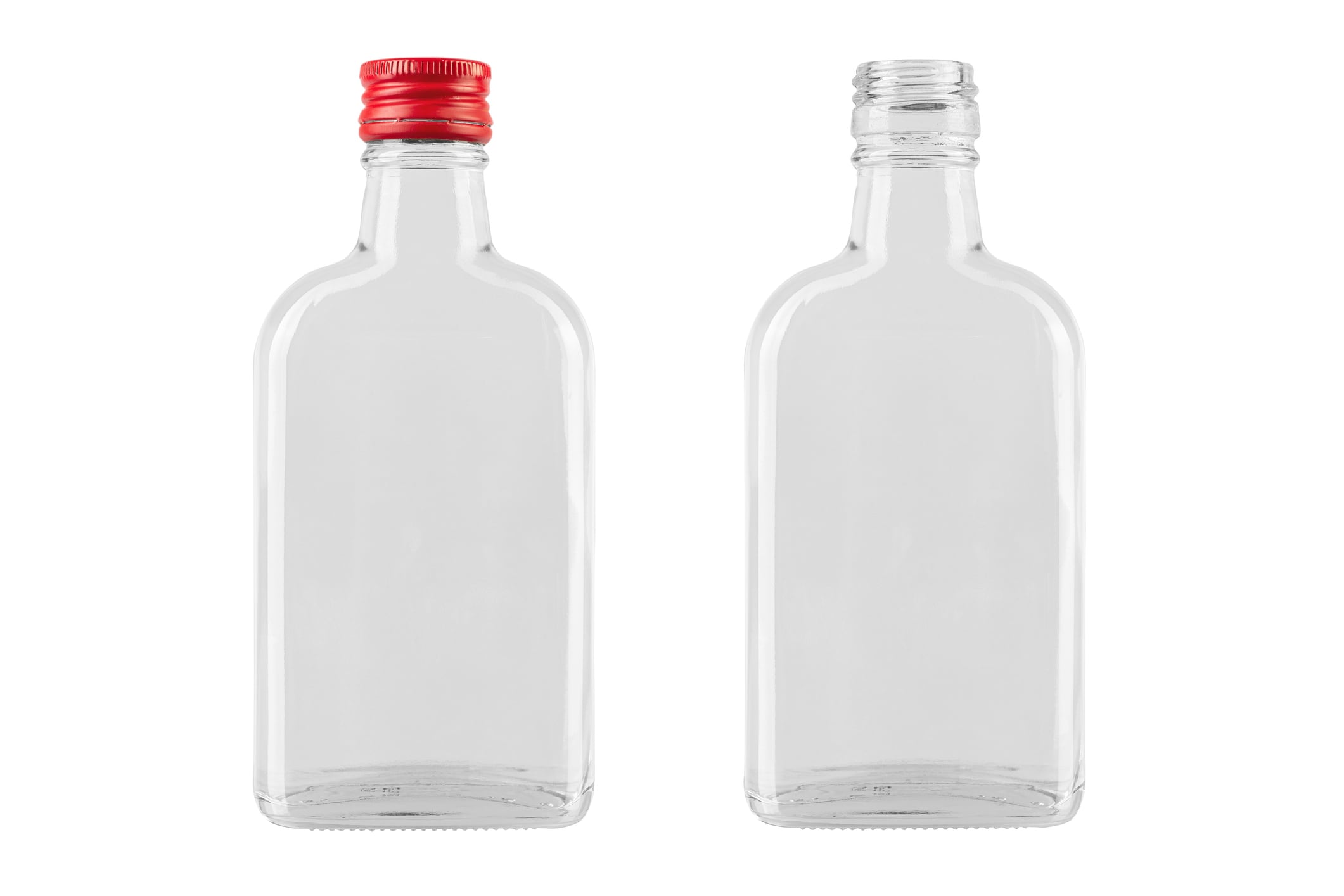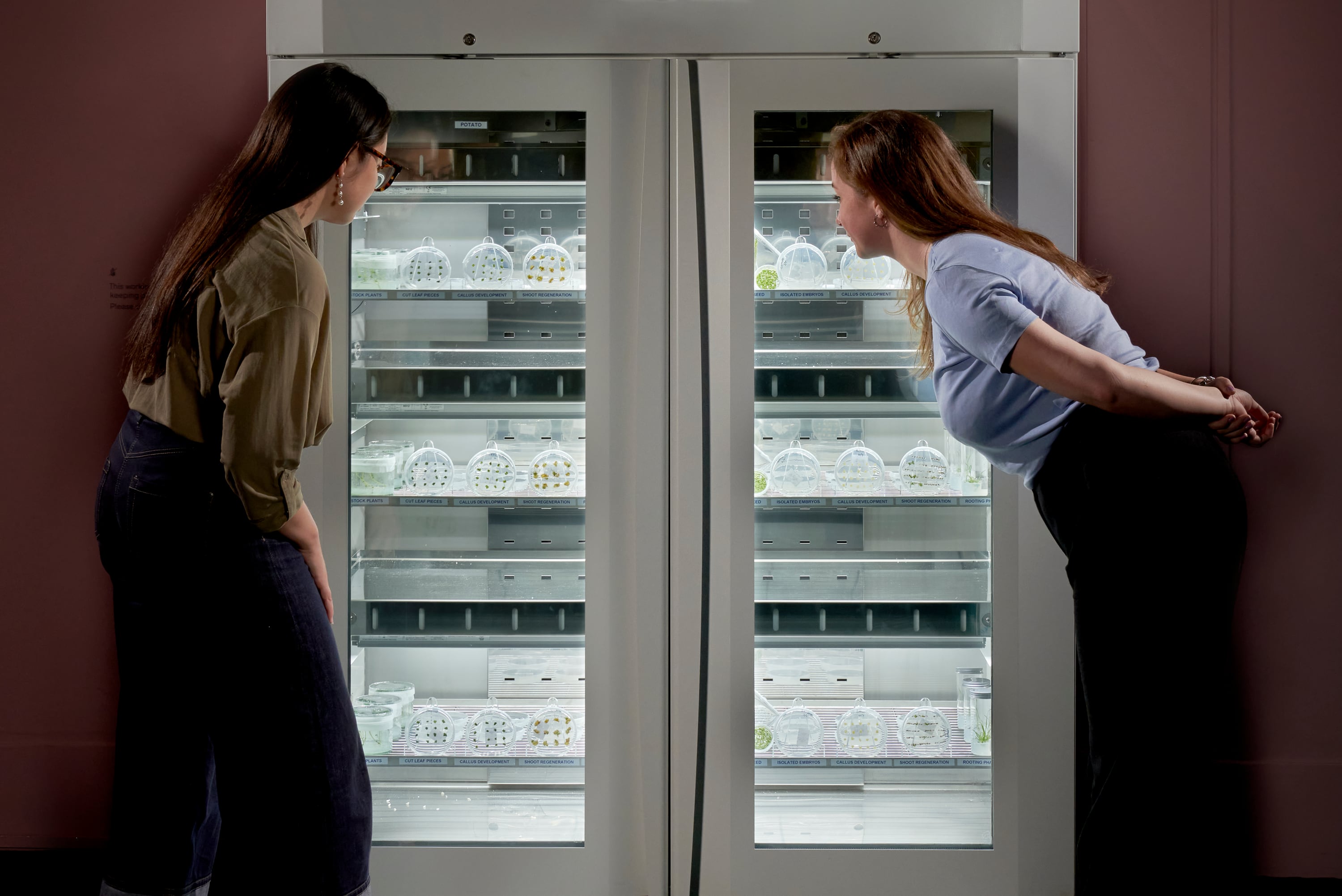The vodka, which was seized this month, was sold in 35cl bottles (commonly known as half bottles) and fraudulently labelled as Glen’s.
When opened the counterfeit vodka may have a strange smell and taste differently to genuine vodka due to isopropyl alcohol, and should not be drunk.
When consumed, even small amounts of isopropyl can be dangerous, with symptoms of isopropyl alcohol poisoning including abdominal pain, vomiting, dizziness, headaches, confusion, slow breathing, and in severe cases, coma or death.
Every genuine bottle of Glen’s vodka has a laser etched lotcode applied to the bottle between the rear label and the base of the bottle. They will also have the following markings on the base of the bottle – the highlighted three identifiers will not vary.
The scale of distribution of counterfeit product is still unknown, so anyone that may have consumed alcohol with a strong smell and different taste should contact the NHS immediately. Anyone experiencing severe symptoms should contact the emergency services.
Anyone that has purchased what they suspect to be a bottle of counterfeit vodka has been urged to contact Food Standards Scotland’s Scottish Food Crime and Incidents Unit for further advice.
Last year, Food Standards Scotland seized 40 bottles of counterfeit vodka from a shop in Coatbridge in North Lanarkshire.
The discovery came after a member of the public reported that the product they’d bought smelled of nail varnish remover, and it was revealed after lab tests that the vodka contained chemical isopropyl.





